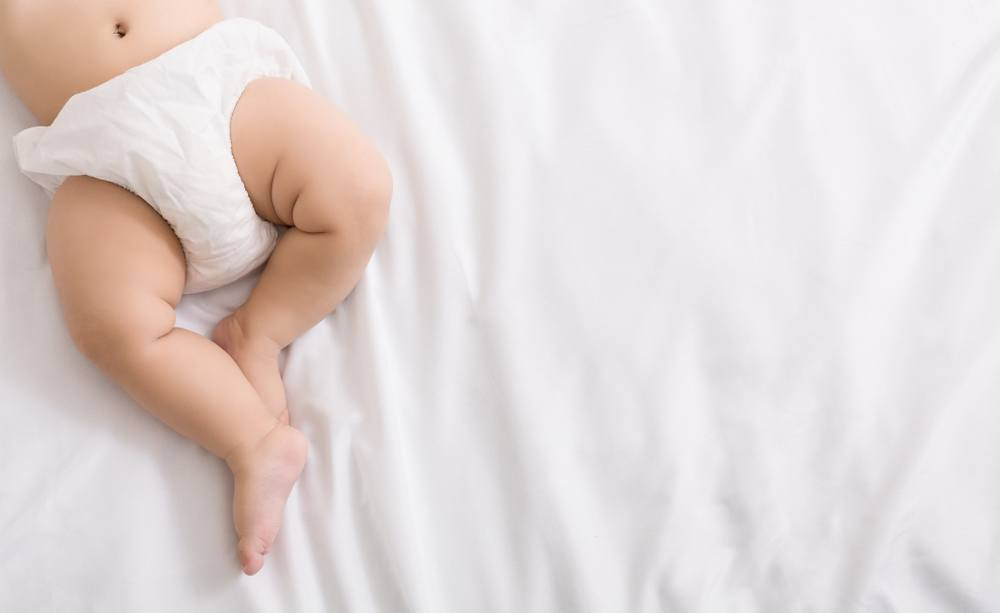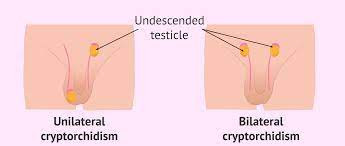Definition
Testicular torsion is a condition in which the testicle becomes twisted, leading to the spermatic cord twisting that supplies blood to the testicle. This results in a sudden and severe decrease in blood flow to the affected testicle, causing intense pain.
Testicular torsion is considered a rare condition, occurring in approximately 1 out of every 4000 men under 25. It typically affects only one testicle, with bilateral (both sides) torsion occurring in only 2 out of 100 cases.
Causes
The testis is a vital male reproductive organ located in the scrotal sac below the base of the penis. It plays a crucial role in producing sperm and testosterone hormones. The spermatic cord, extending from the abdomen to the scrotum, provides blood supply to the testis. The cord also contains the vas deferens, a duct that transports sperm to the urethra during ejaculation.
Testicular torsion occurs when the testis twists on the spermatic cord, potentially leading to a complete obstruction of blood flow and rapid tissue damage. The exact cause of testicular torsion is not entirely understood. However, it often occurs in individuals with a genetic predisposition where the testis lacks proper fixation within the scrotum, allowing it to rotate freely. While this inherited condition can affect both testes, not all predisposed individuals will experience torsion.
Testicular torsion may occur suddenly, often a few hours after vigorous physical activity, though it can also occur after minor trauma or even during sleep. Although the direct link between physical activity and torsion remains inconclusive, factors such as cold temperatures or rapid testicular growth during puberty may contribute to its occurrence.
Risk factor
Testicular torsion, although rare, presents several risk factors that increase its likelihood, including:
- Age: Testicular torsion is most common between 12 and 18, but it can occur in infants, young children, and older men, albeit less frequently.
- History of Previous Torsion: Individuals with a history of testicular pain that resolved spontaneously without treatment are at higher risk of recurrent torsion. The frequency of pain episodes correlates with the risk of testicular damage.
- Family History: Testicular torsion can be inherited, making individuals with a family history of the condition more susceptible.
Symptoms
Symptoms of testicular torsion include:
- Sudden, Severe Testicular Pain: Boys often experience intense scrotal pain, typically waking up with it during the night or early morning. The pain may develop gradually over several hours or days.
- Scrotal Swelling: One side of the scrotum may appear larger than the other due to swelling.
- Changes in Scrotal Color: The affected area may become red or darkened.
- Abdominal Pain: Pain may also be felt in the lower abdomen.
- Nausea and Vomiting: These symptoms may accompany the severe pain.
- Abnormal Testicular Position: The affected testicle may appear higher than normal and be positioned at an unusual angle.
- Increased Urination Frequency: Some individuals may notice a heightened need to urinate.
- Fever: In some cases, a fever may develop, indicating possible infection.
- In Infants: Symptoms may include hardening, swelling, or discoloration of the baby's testicle.
Diagnosis
To diagnose testicular torsion, the doctor will conduct a comprehensive evaluation, including:
- Medical History: The doctor will inquire about your symptoms and medical history, including previous testicular pain or torsion episodes.
- Physical Examination: The scrotum, testicles, abdomen, and groin fold will be thoroughly examined to assess for signs of torsion. The doctor may also test for the cremasteric reflex, which may be absent in cases of torsion.
- Diagnostic Tests: Depending on the clinical presentation, additional tests may be ordered, such as:
- Urine Tests: These may be conducted to check for signs of infection.
- Scrotal Ultrasound (USG): This imaging test can assess blood flow to the testicles. Reduced blood flow may indicate torsion, although USG may not always detect it reliably.
- Surgery: In cases of suspected torsion with severe pain and physical findings consistent with the condition, immediate surgical exploration may be necessary to prevent testicular loss.
It's crucial to seek prompt medical attention if you experience testicular pain, as delaying treatment can lead to serious complications, including testicular loss.
Management
Testicular torsion is a medical emergency that requires immediate surgical intervention. The primary treatment is surgical correction to untwist the affected testicle and restore blood flow. If addressed promptly, the testicle can often be salvaged, but delayed treatment can result in irreversible damage.
Surgery is typically performed under general anesthesia. The procedure involves making a small incision in the scrotum to access the twisted spermatic cord. The surgeon then untwists the cord and may secure the testicle in its proper position within the scrotum to prevent recurrence.
Time is of the essence in treating testicular torsion. The longer the blood flow is interrupted, the greater the risk of permanent damage to the testicle. Testicular salvage rates decrease significantly after 6 hours from the onset of symptoms, and removal of the affected testicle may be necessary after 12 hours.
In infants, testicular torsion presents unique challenges due to the risk associated with general anesthesia. However, emergency surgery is often performed to preserve the affected testicle and prevent torsion in the contralateral testicle. Early intervention in infants can help mitigate future complications related to hormone production and fertility.
Complications
Complications from testicular torsion can have serious implications for testicular health and male fertility:
- Testicular damage or necrosis: The testicle relies entirely on blood flow through the spermatic cord for oxygen and nutrients. If blood flow is obstructed for an extended period, typically beyond 6 hours, the testicular tissue can suffer irreversible damage or even die. This can lead to testicular atrophy and severe pain, redness, and swelling of the scrotum. Surgical removal of the affected testicle, known as orchiectomy, may be necessary to prevent complications such as infection.
- Male infertility: Damage to one or both testicles can impair sperm production and affect fertility.
Prevention
Preventing testicular torsion is still unclear because the exact cause is not known. The condition where the testicle can twist inside the scrotum tends to be hereditary. If you have a family history of testicular torsion, a surgical procedure to secure both testicles inside the scrotum can be performed as a preventive measure.
When to see a doctor?
When experiencing severe and sudden testicular pain, it is crucial to seek medical help immediately. Prompt treatment can prevent further damage from testicular torsion. If you experience sudden, severe pain that then disappears without treatment, you should also seek medical attention promptly. This could signify that the testicle has twisted and returned to its original position. However, it still needs to be operated on to prevent testicular torsion from occurring again.
Looking for more information about other diseases? Click here!
- dr Vivian Keung
Testicular torsion - Symptoms and causes. (2022). Retrieved 30 August 2022, from https://www.mayoclinic.org/diseases-conditions/testicular-torsion/symptoms-causes/syc-20378270.
Testicular Torsion: Symptoms, Diagnosis & Treatment - Urology Care Foundation. Retrieved 30 August 2022, from https://www.urologyhealth.org/urologic-conditions/testicular-torsion.
Testicular Torsion: Symptoms, Causes, Diagnosis & Treatment. (2019). Retrieved 30 August 2022, from https://my.clevelandclinic.org/health/diseases/15382-testicular-torsion.











